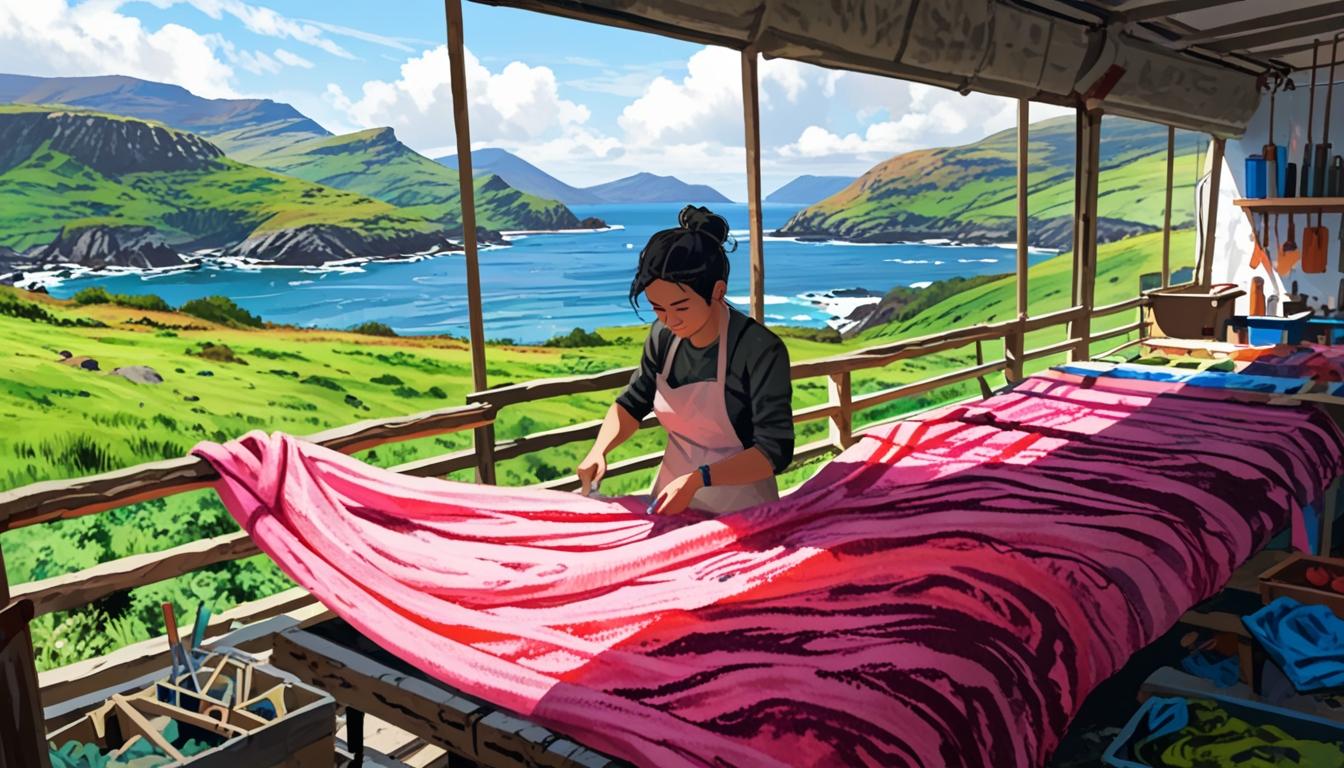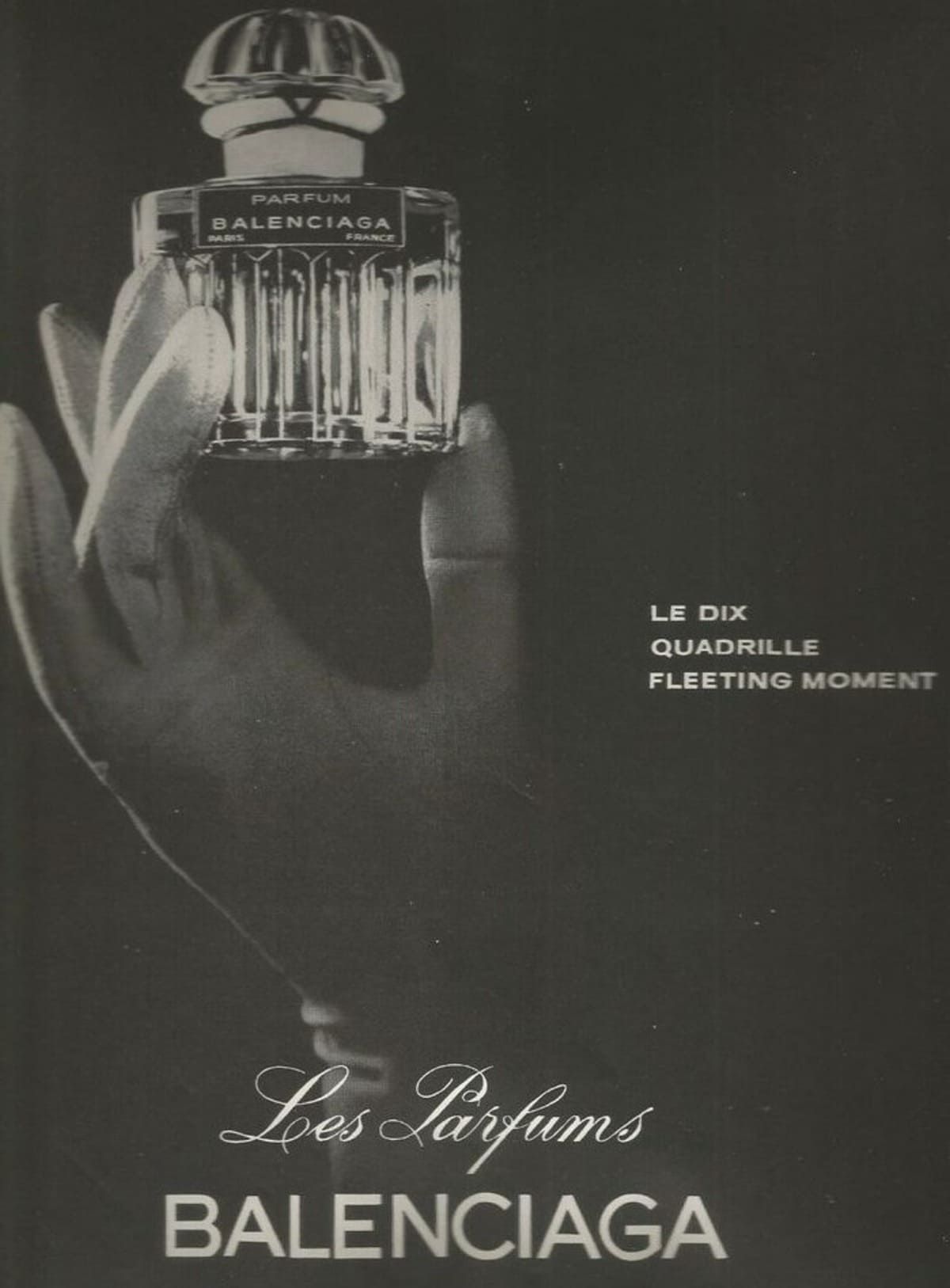Giannotti is leading an innovative project to create eco-friendly dyes from seaweed, significantly impacting the fashion industry’s environmental footprint.
Giannotti, a marine science enthusiast and entrepreneur who has made her home in the Scottish Highlands, is at the forefront of an innovative project that seeks to revolutionize the fashion industry through the use of seaweed-based dyes. With the backing of the esteemed James Hutton Institute and Scottish Enterprise, Giannotti is working toward bringing these sustainable dyes to market, aiming for a significant global impact.
Since settling in Scotland in 2005, Giannotti has leveraged the country’s wealth of renewable natural resources, top-tier universities, and rich research institutions. “In Scotland, you have renewable natural resources, great universities and incredible research institutions with a wealth of knowledge and you have amazing people with diverse skill sets,” Giannotti said. She has expressed a desire to enhance the local infrastructure to support the burgeoning aquaculture and seaweed industries, highlighting that while seaweed gathering in the Outer Hebrides predominantly serves the animal feed market, the potential for broader applications remains largely untapped.
Giannotti transitioned from a successful consultancy career in Germany to pursue marine science at the University of the Highlands and Islands, later founding her textile company, Crùbag, in 2013. Originally inspired by her love for the ocean, she turned her focus to addressing the detrimental impacts of synthetic materials on both marine ecosystems and human health. Partnering with the Scottish Association for Marine Science (SAMS) in Oban, she initiated a project to explore the feasibility of using seaweed in textile dyes.
The textiles industry is responsible for a significant amount of environmental pollution, with textile dyeing and finishing activities contributing to 3% of global CO2 emissions as of last year, a number projected to increase to 10% by 2050. In addition, it is also a major source of industrial wastewater pollution. Giannotti emphasized the urgency for eco-friendly alternatives, saying, “I thought making dyes could be a real game-changer for the fashion industry and I became a bit obsessed with it.”
Through persistent experimentation and numerous trials, Giannotti achieved a breakthrough with the development of a bright pink dye derived from seaweed. “The dye was so beautiful… really pink and really bright,” she recalled, which she successfully replicated. This key development sparked her decision to present the dye at the Future Fabrics Expo in London, where she received enthusiastic feedback and recognized the potential for Scotland to lead in this innovative sector.
SeaDyes, as the project is now named, has transitioned into a spin-in company at the James Hutton Institute, receiving £75,000 funding from Scottish Enterprise’s High Growth Spinout Programme. Giannotti views this as a transformative phase for SeaDyes, which aims to classify seaweed as a crop and enhance their production processes. “We can now treat seaweed as a crop and our dyes as a natural product,” she explained.
Current industry partners are testing the dyes, with promising initial results producing reds, pinks, browns, and yellows. SeaDyes is currently focusing on bringing the magenta color to market expediently while planning to expand the color range and explore additional seaweed species.
Giannotti has articulated a vision wherein seaweed dyes not only mitigate environmental concerns associated with conventional synthetic dyes but also contribute to the rural economy. “There is enough seaweed that can be found in different parts of the world and does not compete with arable land,” she stated, underscoring the dual benefits of innovation in this sector for both ecological health and economic development.
Source: Noah Wire Services




